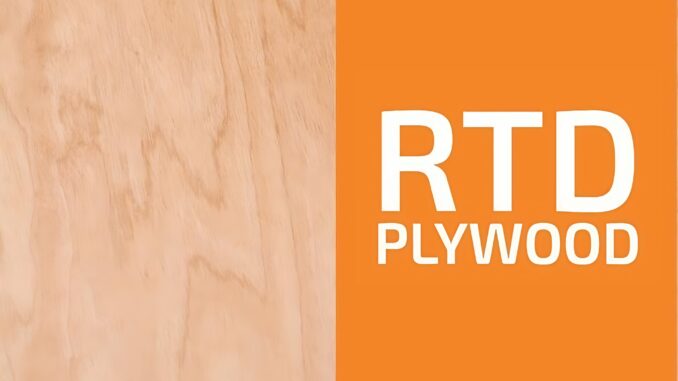
Plywood, a staple in construction and furniture manufacturing, is valued for its versatility and ability to combine strength with lightweight characteristics. For decades, it has been the go-to material in a range of applications, from the structural components of buildings to decorative finishes. However, within the broad spectrum of plywood types, RTD plywood stands out as an advanced and specialized material. What is RTD plywood, and how does it differ from standard plywood? This guide delves into the world of RTD plywood, exploring its manufacturing process, distinctive features, benefits, applications, and its growing importance in various industries.
What is RTD Plywood?
To answer the question, «What is RTD plywood?», it is essential to break down its name. RTD plywood stands for Resin-Treated Densified plywood. This term refers to a special type of plywood that undergoes an advanced treatment to improve its physical properties, making it significantly more durable and resilient than standard plywood. The resin treatment and densification process set RTD plywood apart by enhancing its structural strength, moisture resistance, and ability to endure harsher environmental conditions.
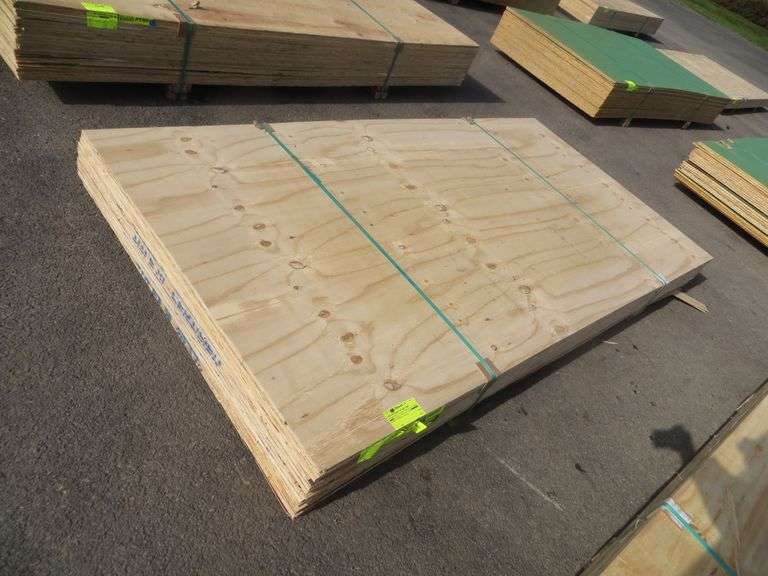
What Does RTD Stand for in Plywood?
The acronym RTD stands for Resin-Treated Densified, which outlines the critical steps involved in creating this specialized plywood. Resin-treated refers to the infusion of high-quality resin into the wood fibers, making the material resistant to water, decay, and pests. The densification aspect refers to a compression process that increases the material’s density, improving its overall strength and load-bearing capacity. These two elements combine to create a plywood that is highly resistant to wear and tear, making it perfect for demanding environments.
How RTD Plywood Differs from Standard Plywood
Unlike regular plywood, which is constructed by gluing together thin layers of wood veneer with the grain alternating at right angles, RTD plywood goes through additional treatment steps that enhance its durability. The resin treatment process makes RTD plywood more resistant to moisture and pests, while the densification process increases its strength, load-bearing capacity, and overall performance in heavy-duty applications. These additional features give RTD plywood a significant advantage in construction, marine, and industrial uses, where regular plywood might fall short.
Manufacturing Process of RTD Plywood
The creation of RTD plywood involves a specific sequence of steps designed to improve the wood’s performance. The process is intricate, with each stage contributing to the final product’s enhanced properties.
Step 1: Sourcing High-Quality Wood
The process of making RTD plywood begins with sourcing the finest veneers, which are thin layers of wood, typically from hardwoods or softwoods, depending on the intended use. These veneers are carefully selected based on grain structure and uniformity, ensuring that the finished plywood is as durable and strong as possible. This is the first step in ensuring that the final RTD plywood product is of the highest quality.
Step 2: Resin Treatment
After the veneers are selected, they are treated with a special resin, which is a key element in what makes RTD plywood so distinct. The resin treatment involves soaking the wood veneers in a resin solution that bonds with the wood fibers, enhancing their properties. This resin not only helps protect the plywood from moisture, mold, and fungal growth, but it also improves its overall strength and integrity. The resin is designed to penetrate deep into the fibers, which helps the plywood resist warping, swelling, and deterioration over time.
Step 3: Densification
The next critical phase in the creation of RTD plywood is densification. This step involves compressing the resin-treated veneers under high pressure. The compression process increases the density of the plywood, making it much stronger and more durable than standard plywood. The denser structure of RTD plywood enhances its load-bearing capacity, ensuring it can handle significant weights without bending or cracking. The densification also ensures that the resin is evenly distributed throughout the material, further improving its overall resilience.
Step 4: Drying and Curing
Once the resin has been applied and the plywood has been compressed, it undergoes a drying and curing process. This step is crucial to ensure that the resin sets properly and that the plywood reaches its optimal strength. During this phase, the moisture content is carefully controlled to prevent any uneven drying, which could affect the structural integrity of the plywood. The curing process locks the resin into the plywood, ensuring that it retains its enhanced properties over time.
Step 5: Finishing and Cutting
The final step in the manufacturing of RTD plywood involves cutting the material into the desired size and applying any finishing touches. The plywood is often sanded to a smooth surface, ensuring that it is suitable for various applications, including furniture, construction, and even decorative finishes. This smoothness is one of the advantages of RTD plywood over other types, as it allows for a polished look without the need for additional finishing work.
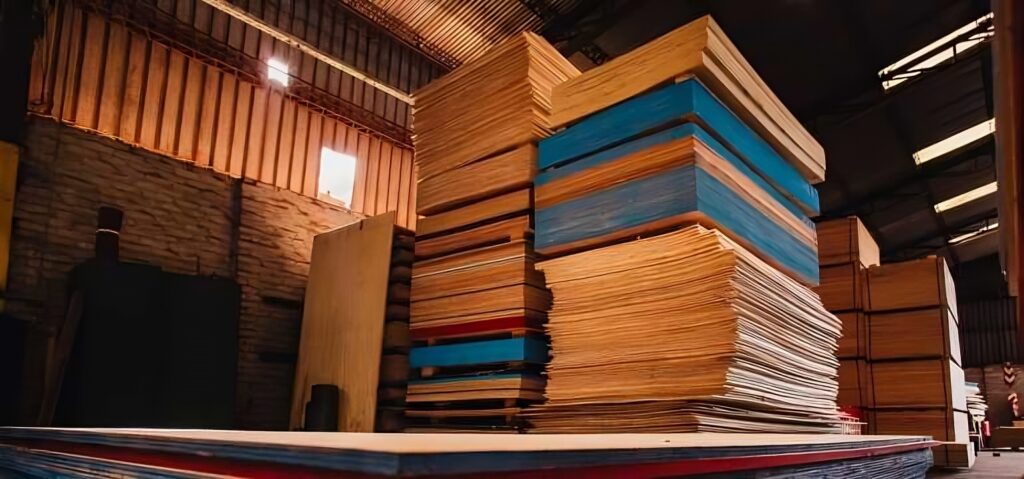
Key Features of RTD Plywood
RTD plywood has several key features that make it a superior choice in many applications. These features are what set it apart from standard plywood and make it ideal for use in more demanding environments.
Durability and Strength
One of the most significant advantages of RTD plywood is its enhanced durability. Thanks to the resin treatment and densification process, RTD plywood is far more robust than standard plywood. It is less prone to bending, warping, or cracking under pressure. This makes it suitable for heavy-duty applications in construction and industry, where structural integrity is crucial.
Moisture and Water Resistance
Another standout feature of RTD plywood is its superior resistance to moisture. The resin treatment creates a moisture barrier that prevents the wood from absorbing water, which can cause swelling, warping, or decay in regular plywood. This makes RTD plywood an excellent choice for outdoor and marine environments, where exposure to moisture is frequent. Whether used in roofing, flooring, or boat building, RTD plywood can withstand wet conditions without compromising its structural integrity.
Resistance to Pests and Fungi
The resin treatment also provides RTD plywood with resistance to pests such as termites, which can damage standard plywood over time. Additionally, the treatment helps prevent the growth of fungi and mold, ensuring that RTD plywood remains strong and safe even in humid environments. This feature is particularly beneficial for applications in areas with high moisture levels, such as coastal areas or damp climates.
Increased Load-Bearing Capacity
Thanks to the densification process, RTD plywood has an increased load-bearing capacity compared to standard plywood. It can support heavier loads without bending or breaking, making it ideal for use in flooring, roofing, and structural elements of buildings. Its ability to carry weight makes it a preferred choice for applications that require both strength and stability.
Smooth Surface Finish
Another key feature of RTD plywood is its smooth surface. The resin and densification process results in a highly polished finish, which can be used in applications where the appearance is essential. Whether for high-end furniture, cabinetry, or interior design, RTD plywood offers a refined aesthetic without the need for additional finishing treatments.
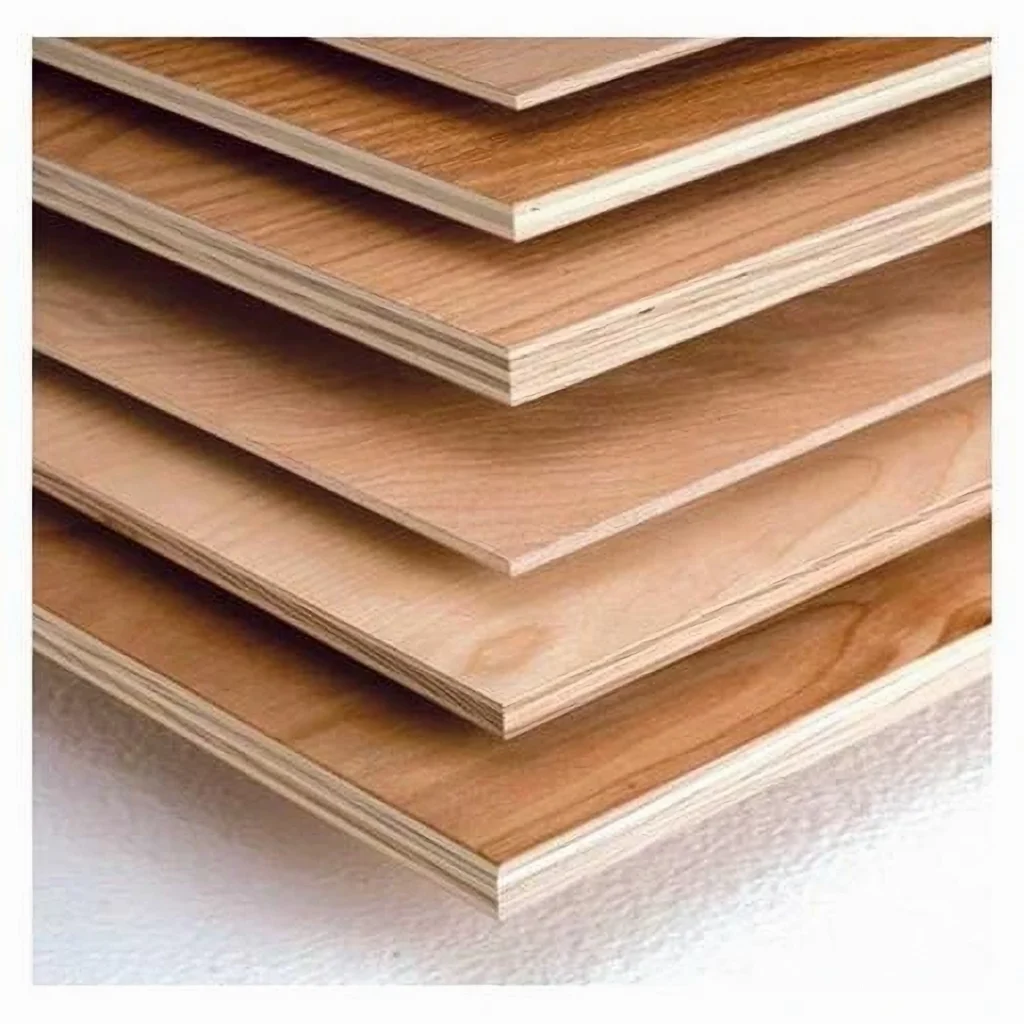
Benefits of RTD Plywood
The unique properties of RTD plywood translate into several benefits that make it an attractive option for many industries. These benefits go beyond its physical attributes, making it a cost-effective and sustainable choice in the long term.
Longevity and Reduced Need for Replacements
Because of its durability and resistance to environmental damage, RTD plywood lasts much longer than regular plywood. It is less prone to damage from moisture, pests, and wear and tear, meaning that it doesn’t need to be replaced as frequently. This longevity leads to significant cost savings over time, as it reduces the need for repairs or replacements.
Versatility Across Industries
RTD plywood is an incredibly versatile material. It is used in a wide range of applications across various industries. From construction and marine manufacturing to furniture production and heavy-duty packaging, RTD plywood provides a reliable solution for all types of projects. Its strength, moisture resistance, and smooth finish make it suitable for a diverse range of uses.
Eco-Friendly Nature
In today’s world, sustainability is a critical concern. The production of RTD plywood can be more environmentally friendly than other types of plywood. The resin used in the treatment process can be sourced from renewable materials, and the densification process reduces the overall amount of wood needed for production, which can help conserve natural resources. Additionally, the extended lifespan of RTD plywood means that fewer materials are disposed of over time.
Cost Efficiency
Although RTD plywood may come with a higher initial price tag than regular plywood, its long-term cost efficiency cannot be overlooked. Its durability, moisture resistance, and resistance to pests reduce the need for frequent replacements and repairs. Over time, this translates to savings, especially in commercial and industrial settings where materials are used extensively.
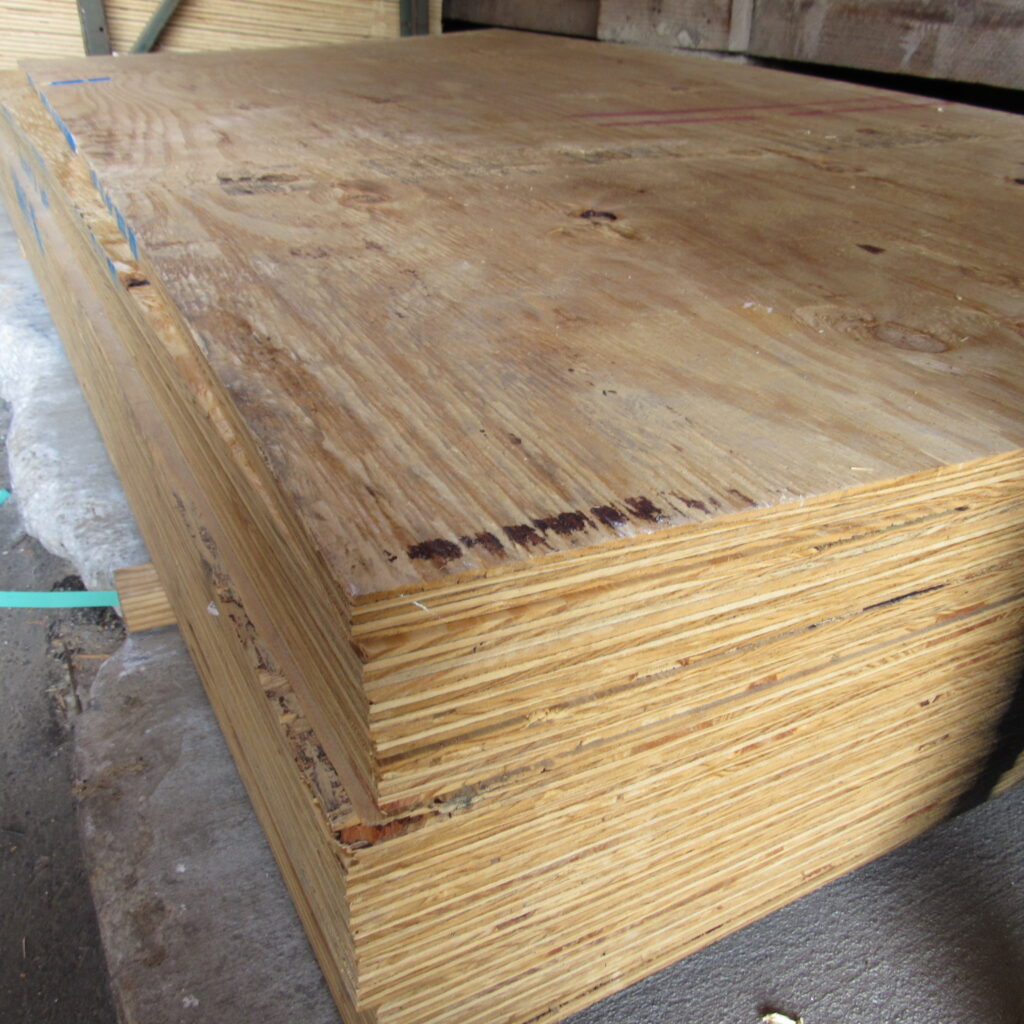
Applications of RTD Plywood
Due to its enhanced properties, RTD plywood is used in a wide range of applications across multiple industries. Below are some of the most common uses:
Construction: In construction, RTD plywood is used for a variety of applications, including flooring, roofing, wall panels, and structural support. Its durability and moisture resistance make it ideal for high-stress areas that need to withstand heavy loads and environmental exposure.
Marine Industry: The marine industry benefits from the water-resistant properties of RTD plywood. It is often used in the construction of boats, docks, piers, and other marine structures that need to endure constant exposure to water. The increased strength and resistance to decay make RTD plywood a superior choice for these demanding environments.
Furniture Manufacturing: Furniture manufacturers use RTD plywood for making cabinets, shelves, tables, and custom furniture. Its smooth finish and strength make it an ideal material for both aesthetic and functional furniture pieces. Additionally, its resistance to moisture and pests ensures that the furniture remains durable for years.
Packaging: In the packaging industry, RTD plywood is used for creating heavy-duty shipping crates, pallets, and other protective packaging materials. Its load-bearing capacity makes it a reliable material for transporting goods safely.
Specialized Uses: Beyond the common applications, RTD plywood is also used in signage, acoustic panels, and musical instruments. Its unique properties make it suitable for specialized industries that require both aesthetic appeal and performance.
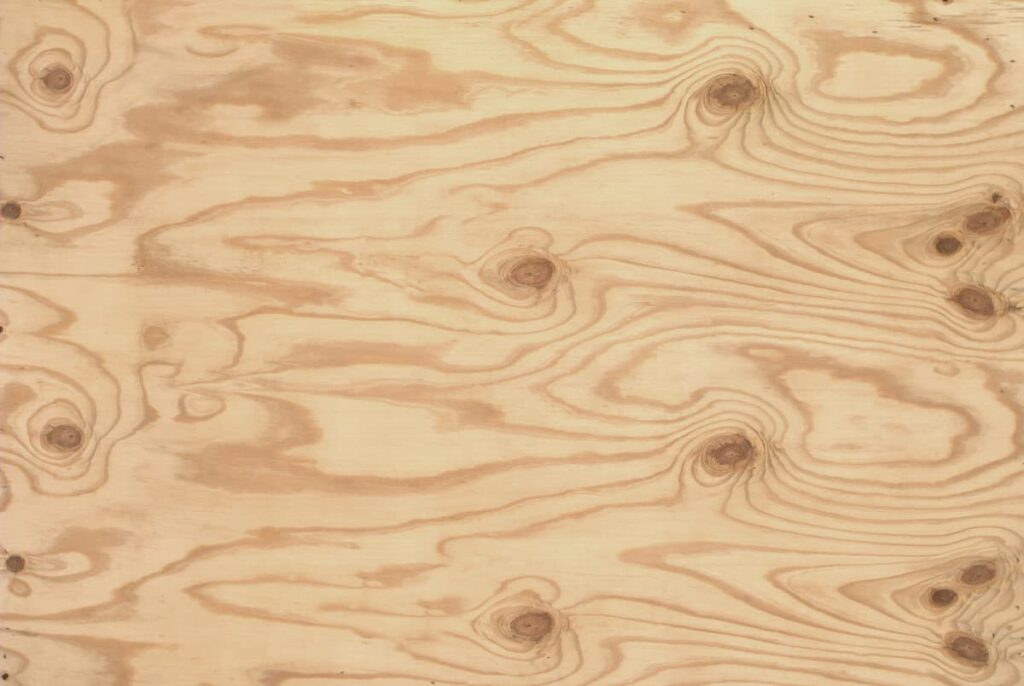
RTD Plywood vs Other Types of Plywood
When comparing RTD plywood to other types of plywood, such as marine plywood, hardwood plywood, or regular plywood, RTD plywood offers several advantages in terms of strength, moisture resistance, and overall durability. It outperforms standard plywood in high-performance applications and is more suitable for environments where longevity and reliability are essential.
RTD Plywood vs Regular Plywood
Regular plywood is versatile and widely available, but it does not offer the same level of durability as RTD plywood. Standard plywood is more susceptible to moisture damage and pest infestations, making it less reliable in harsh conditions.
RTD Plywood vs Marine Plywood
Marine plywood is specifically designed to resist water, but RTD plywood goes further by providing added strength, load-bearing capacity, and resistance to wear and tear. While both types of plywood are water-resistant, RTD plywood offers superior overall performance.
RTD Plywood vs Hardwood Plywood
Hardwood plywood is known for its aesthetic appeal and structural strength, but it lacks the added durability and moisture resistance of RTD plywood. While hardwood plywood may be suitable for furniture and decorative applications, RTD plywood is better suited for heavy-duty, high-performance needs.
Maintenance and Care for RTD Plywood
To maximize the lifespan of RTD plywood, proper maintenance and care are essential.
Storage and Handling
RTD plywood should be stored in a dry, well-ventilated space to avoid exposure to excessive moisture. Proper handling is also important to prevent impact damage during transportation or installation.
Maintenance in Humid Environments
Even though RTD plywood is highly resistant to moisture, it’s still essential to ensure that it is properly maintained in humid or wet environments. Regular inspections can help detect early signs of wear or damage, ensuring that the material continues to perform at its best.
Challenges and Considerations
Higher Initial Cost
While RTD plywood offers significant long-term benefits, it often comes with a higher initial cost compared to regular plywood. However, the reduced need for replacements and repairs often justifies the upfront investment.
Availability and Specific Applications
RTD plywood may not be as readily available as standard plywood, so sourcing it can be more challenging in certain areas. Additionally, not every project requires the enhanced properties of RTD plywood, so it’s essential to consider whether the investment is necessary for your specific needs.
Future of RTD Plywood
The future of RTD plywood looks promising, with increasing demand for high-performance, durable, and eco-friendly building materials. Innovations in resin treatments and densification processes are expected to improve the material’s sustainability and performance even further. As industries continue to prioritize sustainability, RTD plywood is likely to play a significant role in shaping the future of construction and manufacturing.
Conclusion
RTD plywood offers an unparalleled combination of strength, moisture resistance, and durability, making it an ideal choice for a wide variety of applications. Whether in construction, marine, furniture manufacturing, or packaging, its superior performance ensures that it will continue to be a reliable and cost-effective solution for years to come. When considering materials for your next project, RTD plywood is a smart investment that provides long-term value, superior protection, and exceptional performance across various industries.
FAQs
What is RTD plywood used for?
RTD plywood is used in construction, marine applications, furniture manufacturing, packaging, and other specialized industries where durability, strength, and resistance to environmental factors are crucial.
How is RTD plywood different from marine plywood?
While marine plywood is designed primarily for water resistance, RTD plywood offers added strength, load-bearing capacity, and overall durability, making it suitable for a broader range of high-performance applications.
What does RTD stand for in plywood?
RTD stands for Resin-Treated Densified, referring to the process that enhances the plywood’s durability, strength, and resistance to moisture and pests.
Can RTD plywood be used for outdoor furniture?
Yes, RTD plywood is ideal for outdoor furniture due to its moisture resistance, strength, and long-lasting durability in harsh weather conditions.